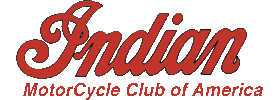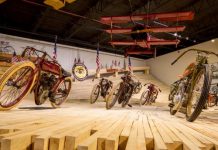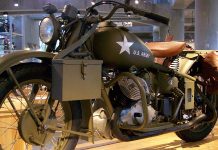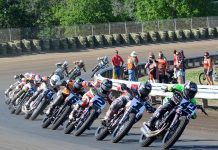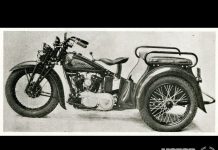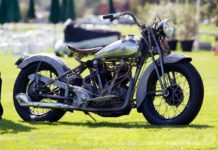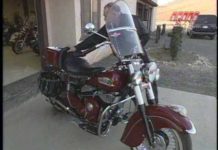Former motorcycle factory converted into affordable housing
A55,000-sf, five-story former manufacturing mill facility for Indian Motorcycle has been converted into 45 apartment...
Iowa All Over: Museum is a motorcycle mecca
ANAMOSA — Motorcycles have been on the road since the mid-1800s. And at the National Motorcycle Museum in Anamosa, you can witness...
Starklite Cycle Behind the Scenes Part1
Starklite Cycle on American Thunder:
The Story of Starklite Cycle - told by Bob Stark
Three weird motorbikes you’ve never heard of….
From the Willy’s Jeep of motorcycles to a slice of Cake…
So, you think you know motorcycles, do you? From...
Can Harley vs Indian Spark a Flat Track Revival?
In late September of last year Indian rocked the flat track racing world by hiring three of the elite riders in the championship –...
“Modern To The Minute” 1935 Indian Motorcycles
The first Indians came to town. The brethren gathered, looked and rode. Then came the verdict, “This year, more than ever before,...
Crocker Motorcycle Company Resurrected- Quail Motorcycle Gathering
Crocker & Indian Shared a history - Let's read about the revival....
After nearly twelve years of hassles and legal setbacks, a brand-new Crocker Big-Twin...
Starklite Cycle Behind the Scenes Part2
Starklite Cycle as shown on American Thunder. They interview Bob Stark about his dedication to keeping the Indian Motorcycle Brand alive for most of...
